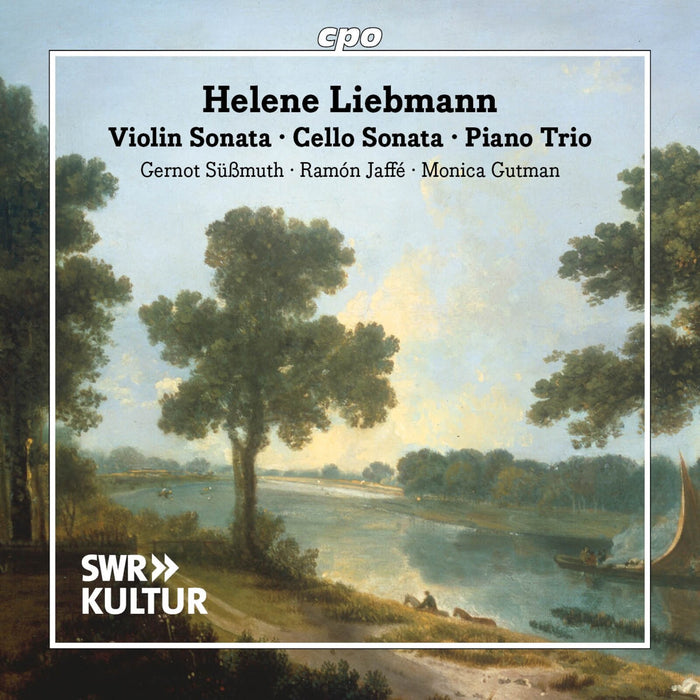Description
In any event, a more convincing case for Krommer, who is also largely forgotten as a symphonist, than the case made with this performance culture could hardly be made.” This is what Pizzicato wrote about the release of Vol. 2 of Krommer’s symphonies. Vol. 3 of this recording series completes the picture of this composer’s quest for harmonic innovations. Compared with his fifth symphony, Krommer’s sixth such work, composed two years later, has a musical language reflecting a process of radicalization as form and function are subject to a gradual process of dissociation. Krommer concluded the score of his ninth symphony in September 1830, four months prior to his death, and so presumably one of his last compositions. After his death, his works received little attention and it is doubtful that this work was ever performed prior to this recording. As in the sixth symphony, Krommer follows convention in his ninth symphony in formal matters while fully exploiting tonal ambivalences, pursuing new compositional paths, and separating the architectonic and functional aspects of musical form. In addition, his use of a fanfare motif in the first and last movements heralds the development of a motivic-cyclical design transcending movement boundaries.

















